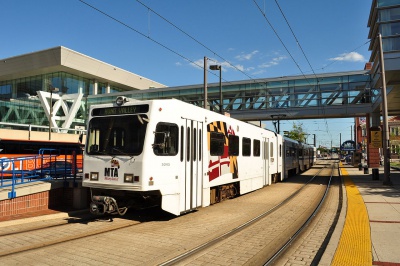Rail: Rail Station Planning
From MDOT Policy Manual
Contents
Primary Guidance
- Locations should be evaluated based on meeting specific criteria.
- Usually placed at major transfer points and major passenger generators.
- The minimum distance between Rail Stations will vary according to land use and population/employment generators.

Discussion
Since each rail station requires additional capital and operating costs and increased travel time for patrons, the planning of Rail Stations should consider the following factors to determine if a station is warranted:
Rail Station Locations
Evaluate location for the following criteria:
- Improves service quality and reliability.
- Strengthens intermodal connections.
Aligns with existing or emerging employment, education, and other community related services.
- Achieves ADA accessibility between the services point and the passenger destinations/generators.
Rail Station Spacing and Positioning
Rail Stations are usually placed at major transfer points and major passenger generators.
- Close spacing shortens passenger walk distances but increases transit trip time due to more stops and starts by the trains. Rail station spacing of 1/2 mile or less is appropriate where adjacent land uses and population/employment densities warrant.
- For new stations on either existing or new alignments, station spacing and positioning shall be optimized to minimize travel time between point of origin and destination and attract ridership.